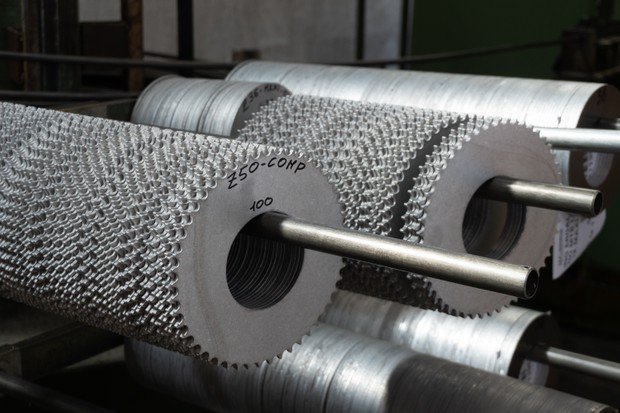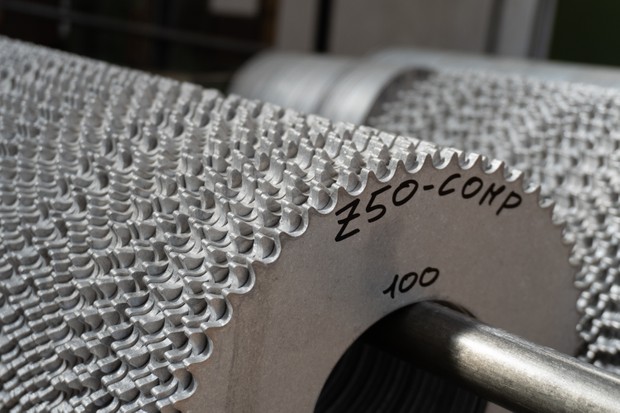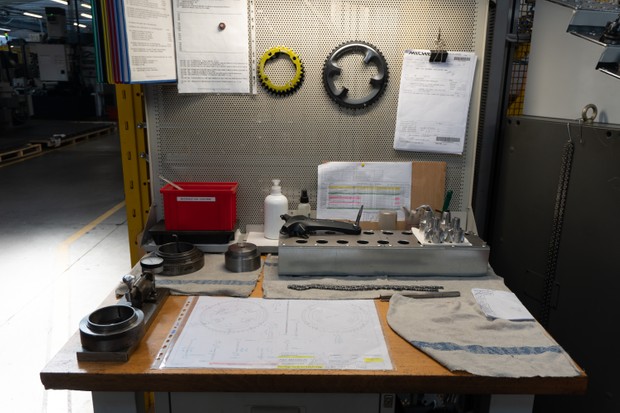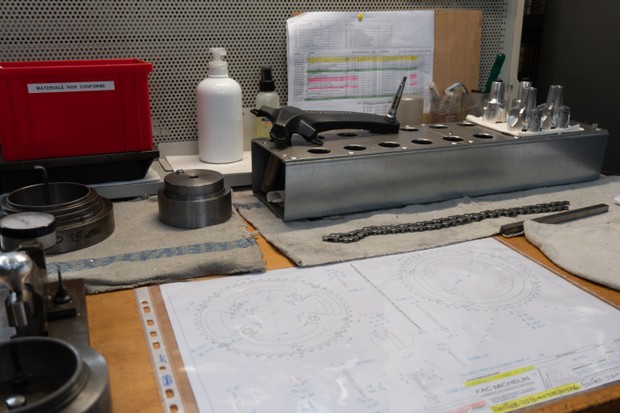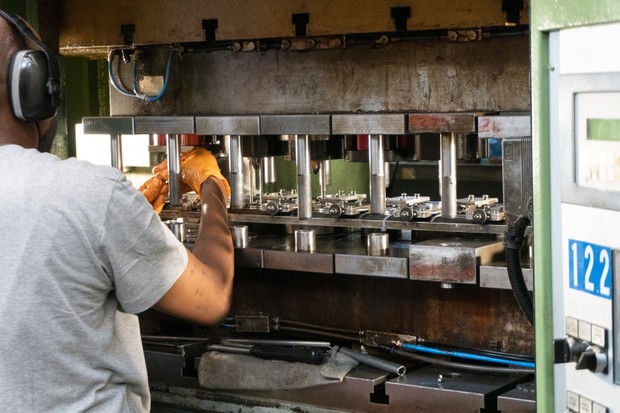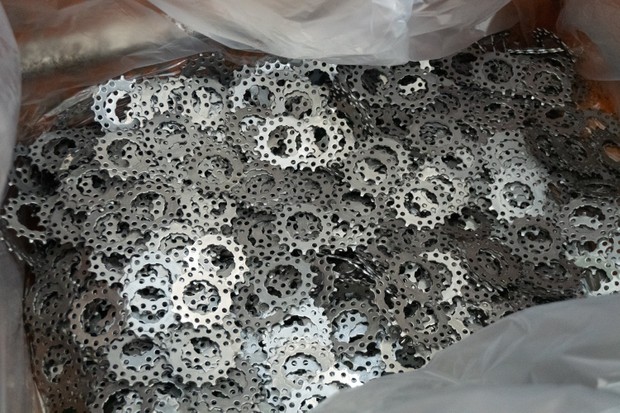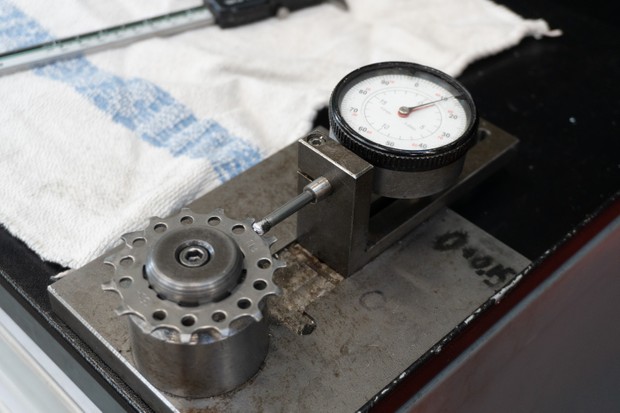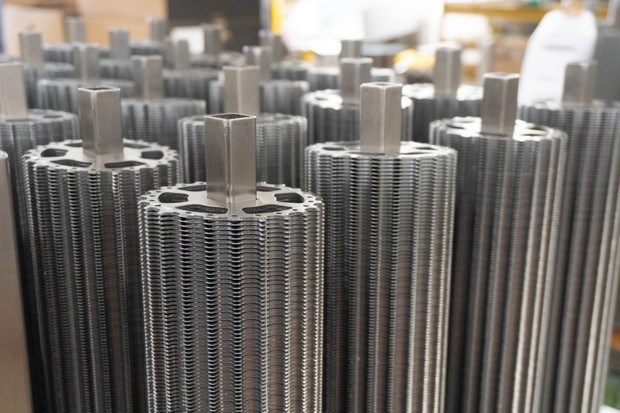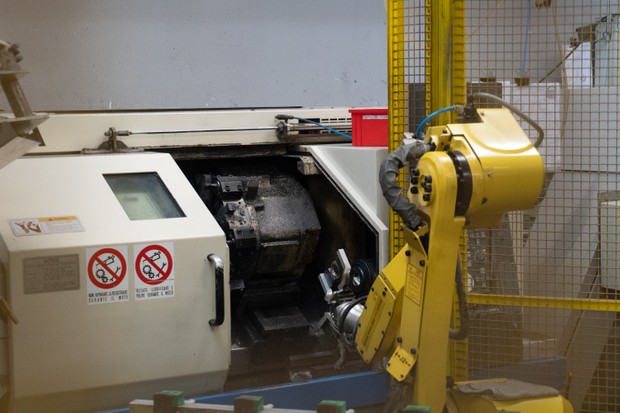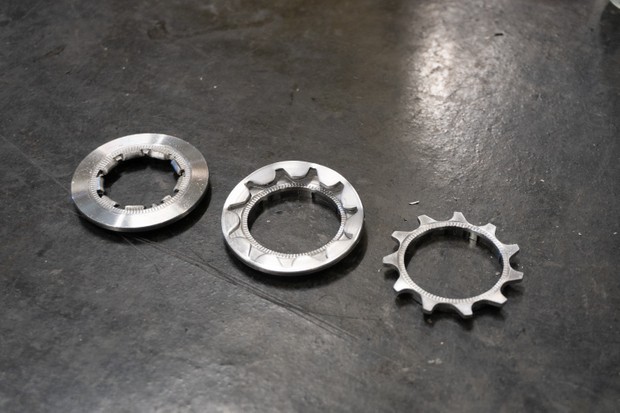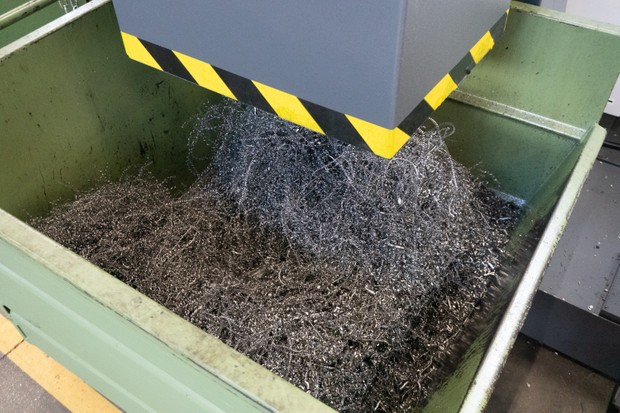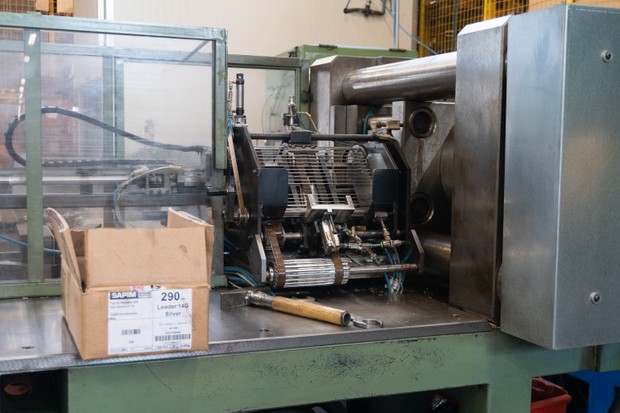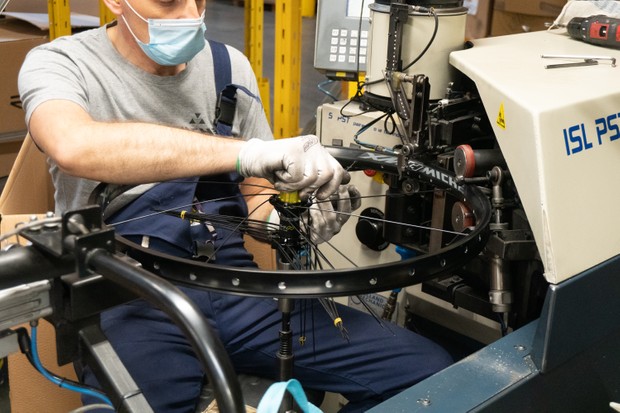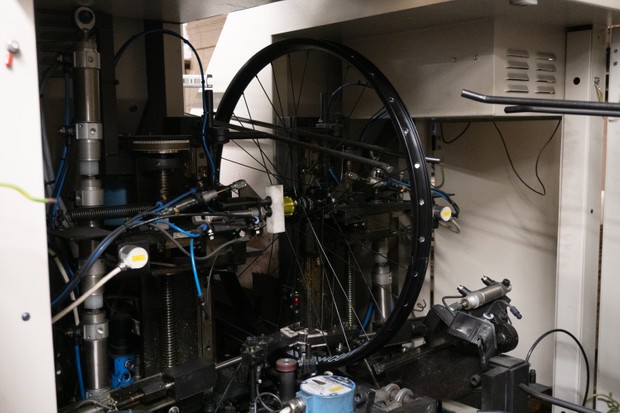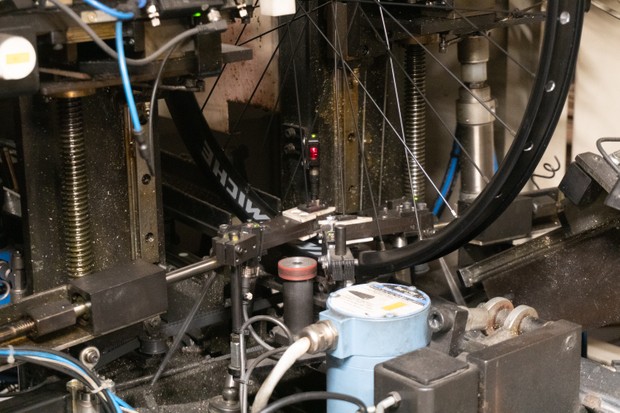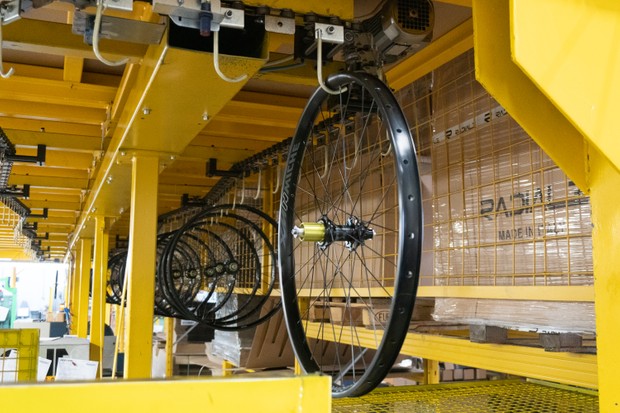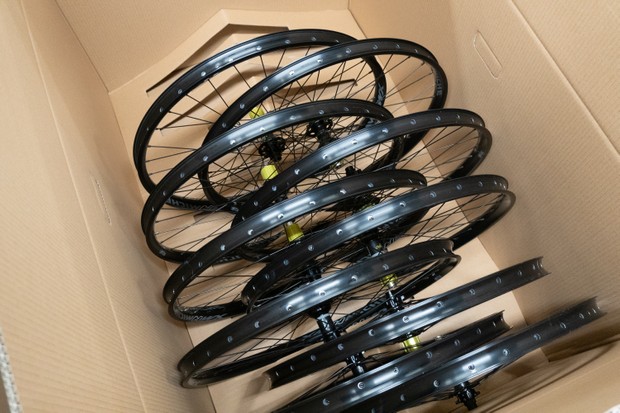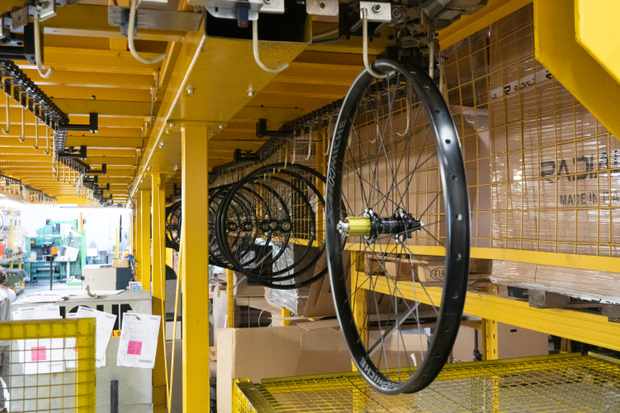Miche isn’t the best known components manufacturer around – not when you compare it to the likes of Shimano, SRAM and FSA – but it’s had its fair share of success when it comes to high-performance components.
Recently acquired by Wilier Triestina, Miche can lay claim to supporting the Italian individual pursuit team to 2020 Olympic gold, plus a World Championships title and world record (in no small part thanks to time-trialling maestro, Filippo Ganna) with its Pistard Oro crankset, as well as podium-topping success at Unbound this year.
Yes, if you look carefully at winner Ivar Slik’s Wilier Rave SLR, those are Miche’s Graff Route carbon hoops he rolled on to victory.
Meanwhile, a quick glance at the timeline Miche showcases on a wall in its San Vendemiano HQ, an hour north of Venice, reveals a history that dates back to 1919, starting out in bike design before progressing to motorcycles.
The Miche we know today really came into existence in 1948, as a separate components arm to the Michelin family’s (no, not that Michelin) wider businesses.
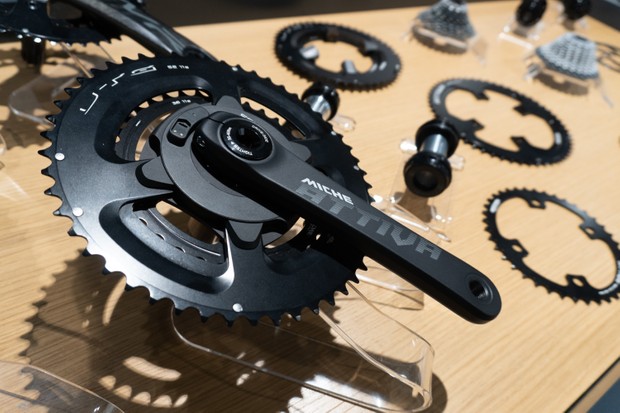
Miche’s presentation room is awash with products past and present. Over time, it sprawled into making everything from seatpins and quick releases, to hubs and the brand’s first full-carbon wheelsets in 2005.
And while it might not be the first name you think of when it comes to cycling components, Miche (pronounced ‘meeka’) hopes its growing range of carbon wheelsets – both at the ‘Supertype’ top level and more affordable models – will establish the brand as a major player in the components arena.
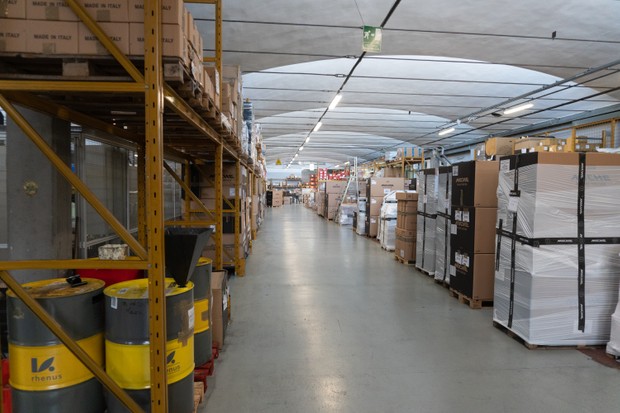
Then there’s the link with Wilier – could the marque also become a supporting brand à la Roval (Specialized), Bontrager (Trek), Cadex (Giant) and Syncros (Scott), as well as a purveyor of its own products at both an aftermarket and OEM level? Time will tell.
Either way, there’s a growing trend towards bike brands extending their influence into the world of components.
Inside Miche’s manufacturing process
We got an inside look at how Miche goes about its daily business, with a tour of its production line. Here’s what we spotted along the way.
